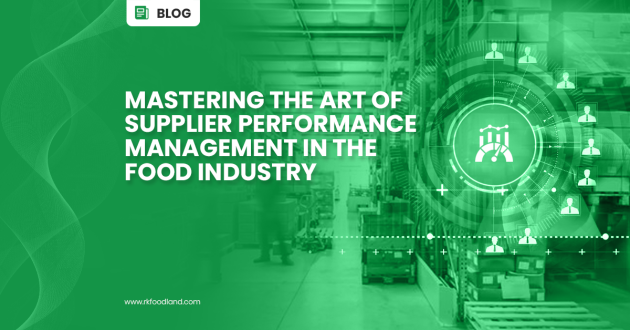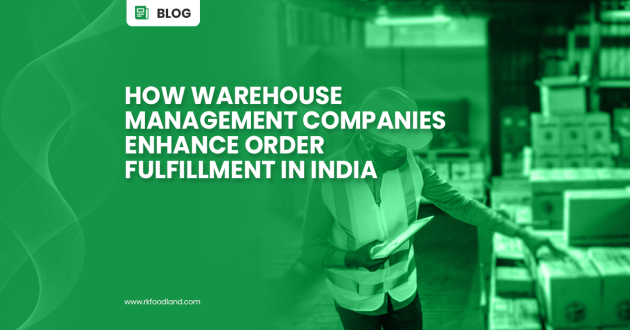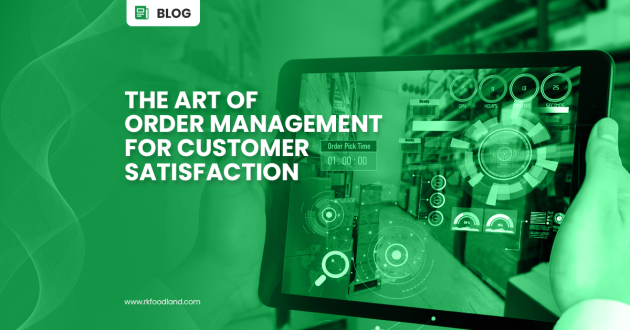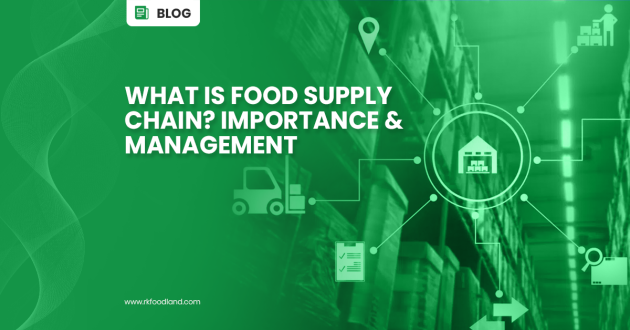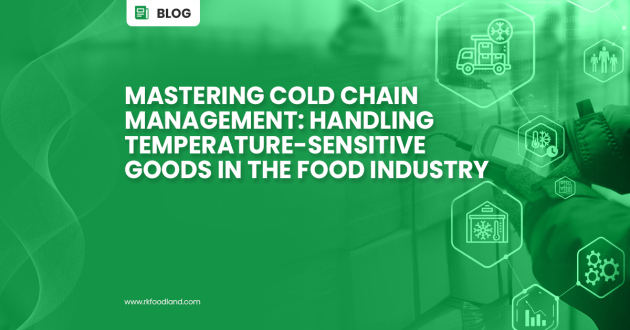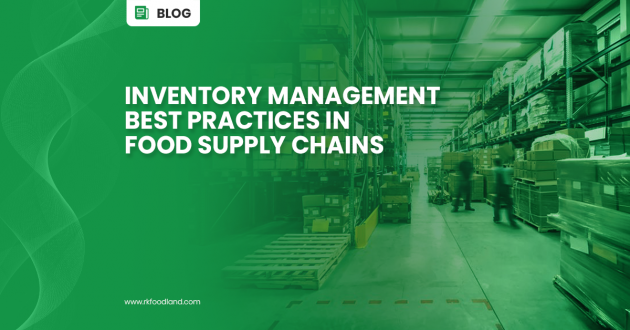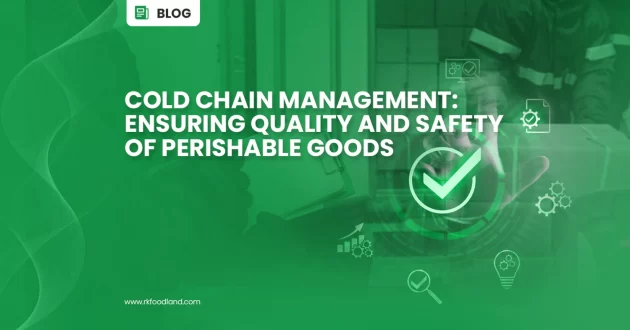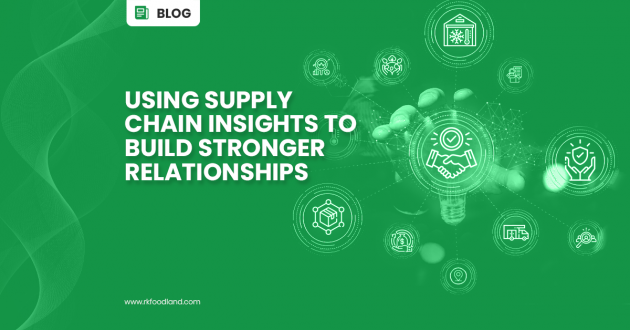[Avg. Read Time < 5 mins] Navigating the intricacies of the food industry...
[Avg. read time = 3 mins] In the rapidly evolving landscape of the...
[Avg. Read Time: 4 mins] With the world moving faster with a few clicks on...
[Avg. Read Time = 3 mins.] Steering through the complexities of the food...
'Farm to Fork' is the term we use often when it comes to food products....
Preserving the quality of temperature-sensitive is paramount while delivering them from manufacturers to end users....
Food supply chain plays a critical role in ensuring that the food products reach the...
[Avg. Read Time < 5 mins] In the dynamic and interconnected world of...
In today’s interconnected and globalized marketplace, ensuring the quality and safety of perishable goods is...
In today’s globalized business environment, supply chain management has become a critical aspect of the...

